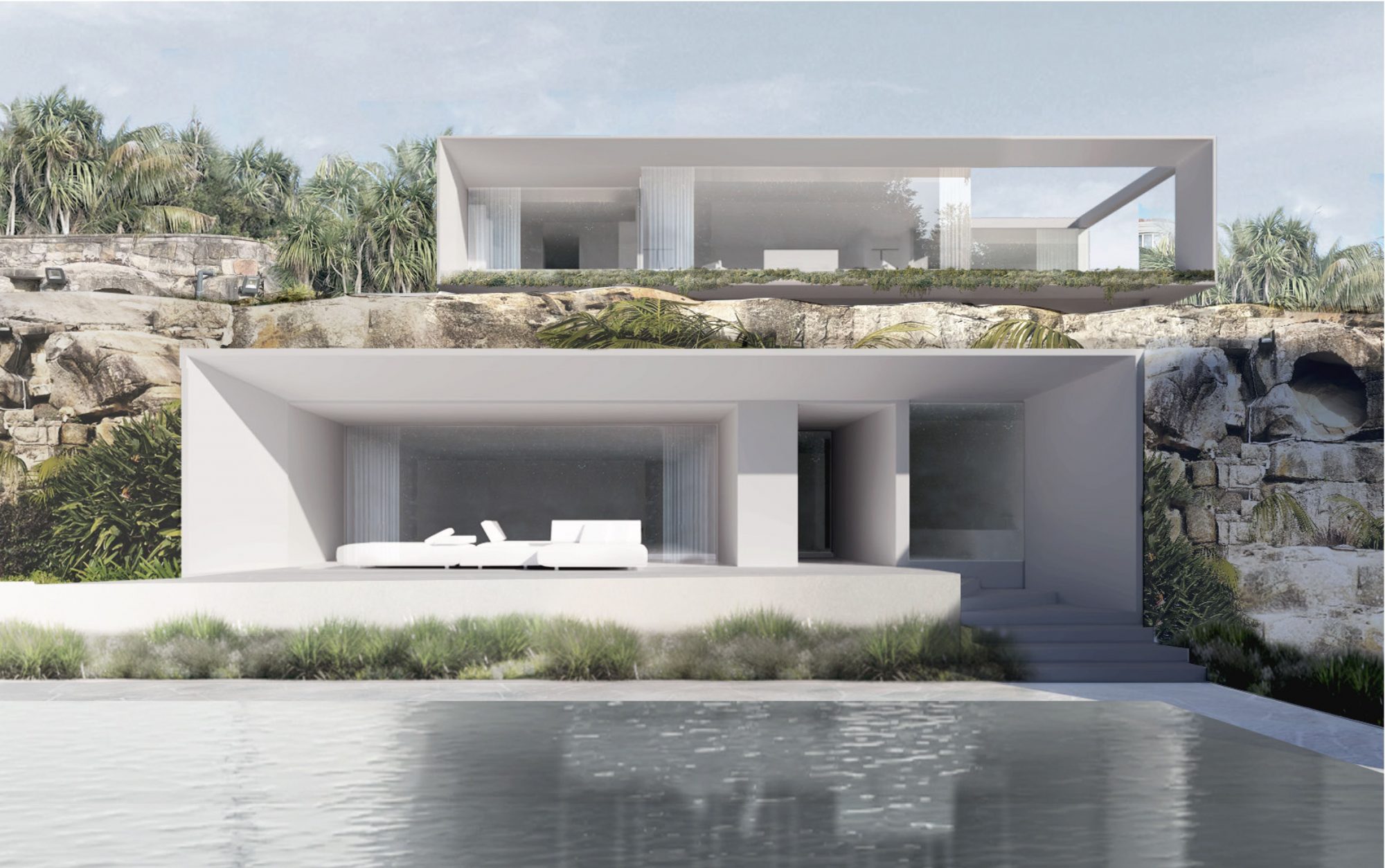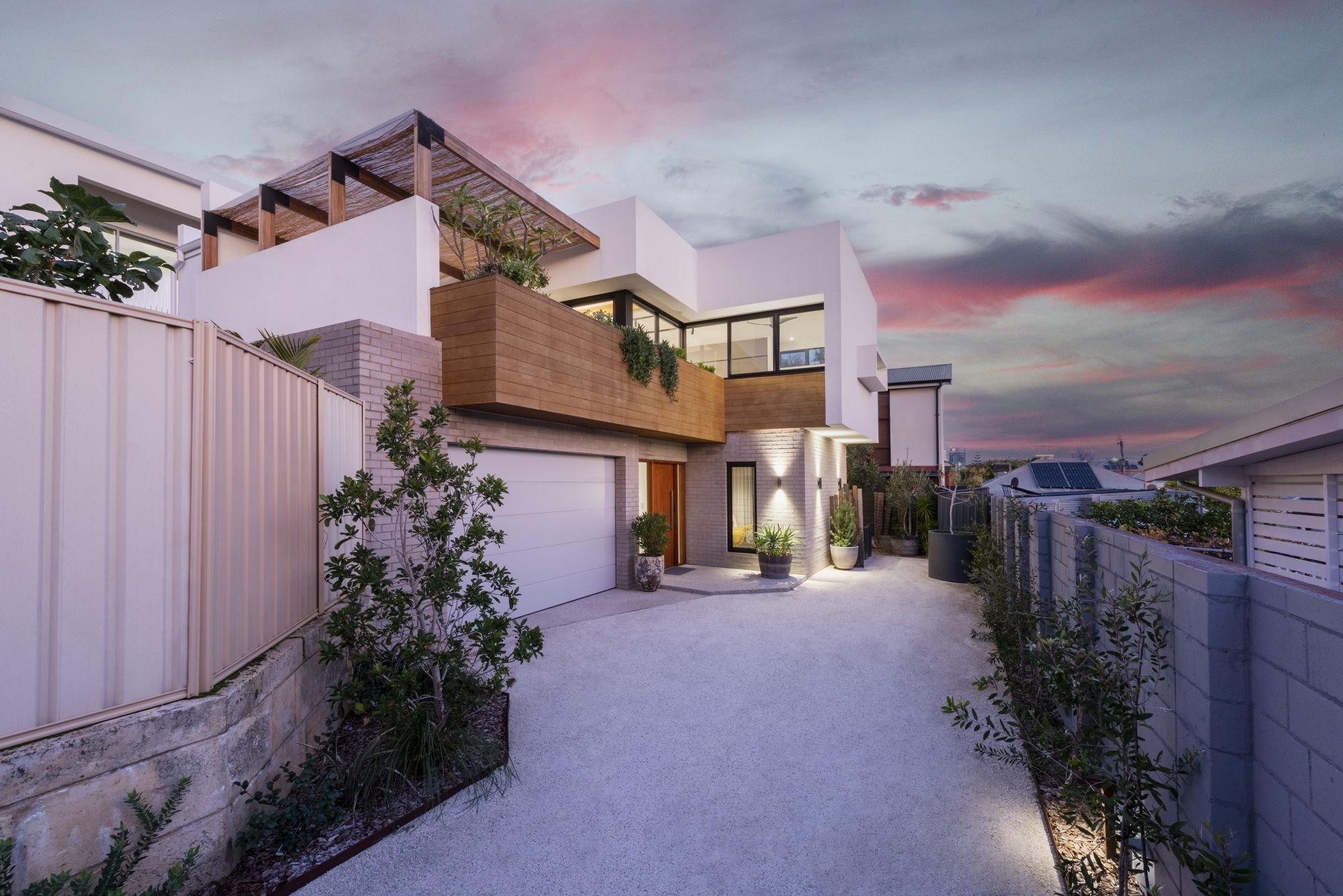Residential Architecture Homes Designed for Comfort, Aesthetics, and Functionality
Residential Architecture Homes Designed for Comfort, Aesthetics, and Functionality
Blog Article
Top Patterns in Residential Architecture You Must Understand About
As residential architecture proceeds to evolve, several compelling trends are shaping the means we create and occupy our living areas. Key advancements such as sustainable building techniques, the integration of clever home modern technology, and the rise of modular homes emphasize a significant shift towards both functionality and environmental responsibility.
Lasting Structure Practices
A raising variety of residential tasks are accepting lasting building methods, driven by a growing awareness of ecological impact and power efficiency. This shift is characterized by the integration of eco-friendly materials, energy-efficient layouts, and innovative construction methods. House owners and home builders are significantly focusing on using sustainable resources, such as bamboo and recycled steels, which not only lower the carbon footprint however also improve the longevity and aesthetic appeal of homes.
Integrating energy-efficient systems is an additional essential element of lasting building - residential house architect. Attributes such as high-performance insulation, energy-efficient home windows, and photovoltaic panels are becoming criterion in new property designs. These elements not just contribute to reduced power intake however likewise provide substantial long-term savings for homeowners
Moreover, the design of sustainable homes often highlights all-natural light and air flow, reducing the reliance on fabricated illumination and climate control systems. Landscape design methods, such as xeriscaping, additional advertise sustainability by lessening water usage.
As the demand for lasting living solutions remains to increase, the domestic architecture industry is positioned to adapt and innovate, making sure that future homes are not just ecologically responsible but likewise comfy and functional for their occupants. - residential house architect
Smart Home Technology
Smart home modern technology is changing the way house owners engage with their home, boosting safety and security, energy, and convenience monitoring. This ingenious technique integrates numerous tools and systems, allowing users to manage their homes remotely or via automated processes. Central to this fad is the use of smart tools such as thermostats, lighting, safety cams, and appliances, all connected using the Internet of Things (IoT)
Among the most enticing features of wise home innovation is the capacity to tailor setups for ideal power efficiency. Homeowners can keep track of energy use and change air conditioning, home heating, and lighting based upon their routines, considerably minimizing energy prices. Moreover, innovative safety systems outfitted with smart locks and monitoring video cameras offer tranquility of mind, making it possible for remote surveillance and informs to potential safety breaches.
Integration with voice-activated assistants improves individual experience, enabling property owners to control devices with basic voice commands. As innovation proceeds to progress, the potential for smart home systems to enhance high quality of life expands, making them an essential consideration in modern household architecture. Ultimately, wise home technology is not merely a trend however an essential shift toward a lot more smart living settings.
Open Principle Living
Open up principle living has actually arised as a specifying function in modern property design, characterized by the elimination of typical obstacles between rooms. This design viewpoint promotes fluidity and connection within the home, enabling for a seamless transition between locations such as the right here kitchen, eating, and living areas. By removing walls and dividings, open principle designs produce a feeling of space, cultivating a welcoming ambience that boosts social interaction.

Additionally, this method to domestic style aligns with minimalism, focusing on useful simplicity and visual comprehensibility. House owners value the versatility of these formats, which can be conveniently adapted to reflect individual style with furniture plan and design. As open concept living remains to gain traction, it remains a testimony to evolving family dynamics and the need for homes that enhance connection and comfort.
Biophilic Layout
Biophilic layout has come to be progressively substantial in residential style, emphasizing the innate link in between humans and nature. This design philosophy seeks to integrate natural elements right into living areas, consequently cultivating a sense of health and boosting the lifestyle for owners. By incorporating attributes such as natural light, plant life, and natural materials, biophilic layout advertises an unified connection in between indoor atmospheres and the environment.
Crucial element of biophilic layout include huge windows that provide unobstructed sights of outside landscapes, living walls that present plant into insides, and open layout that encourage air flow and all-natural light infiltration. Water attributes, both within and outside the home, offer to create comforting ambiences and boost sensory experiences.
Furthermore, making use of sustainable products not only sustains environmental stewardship yet additionally adds to healthier interior air quality. As awareness of ecological issues rises, house owners are significantly prioritizing styles that mirror their link to nature. Basically, biophilic layout not just elevates visual appeal yet likewise addresses emotional and psychological demands, making it an important fad in contemporary residential design.
Modular and Prefab Houses

Furthermore, prefab and modular homes are designed with sustainability in mind. Several suppliers make use of energy-efficient systems and eco-friendly materials, such as solar panels and advanced insulation techniques, contributing to reduced energy intake and lower energy expenses for property owners. The adaptability of style options enables personalization, dealing with diverse practical needs and visual preferences.
As the need for inexpensive real estate remains to climb, modular and prefab homes offer a sensible option, addressing both financial and environmental challenges. Neighborhoods are progressively identifying the capacity of these structures, integrating them into country and metropolitan setups. On the whole, the pattern towards prefab and modular homes symbolizes a shift toward extra lasting, efficient, and versatile living atmospheres, making them an essential facet of modern household design.
Verdict
Sustainable structure methods and wise home modern technologies improve efficiency and benefit, while open idea living and biophilic layout foster social interaction and a link to nature. The increase of prefab and modular homes uses customizable and inexpensive solutions, showing a wider change in the direction of practical and liable living.
Key advancements such as lasting structure practices, the combination of wise home modern technology, and the rise of modular homes emphasize a considerable change towards both functionality and ecological duty.The increase of modular look at here now and prefab homes has actually changed the domestic architecture landscape, offering cutting-edge options for reliable and sustainable living.Furthermore, modular and prefab homes are designed with sustainability in mind. Overall, the fad towards modular and prefab homes symbolizes a shift towards much more sustainable, efficient, and versatile living atmospheres, making them a critical aspect of contemporary domestic design.
Lasting structure practices and smart home technologies enhance efficiency and benefit, while open principle living and biophilic design foster social communication and a connection to nature.
Report this page